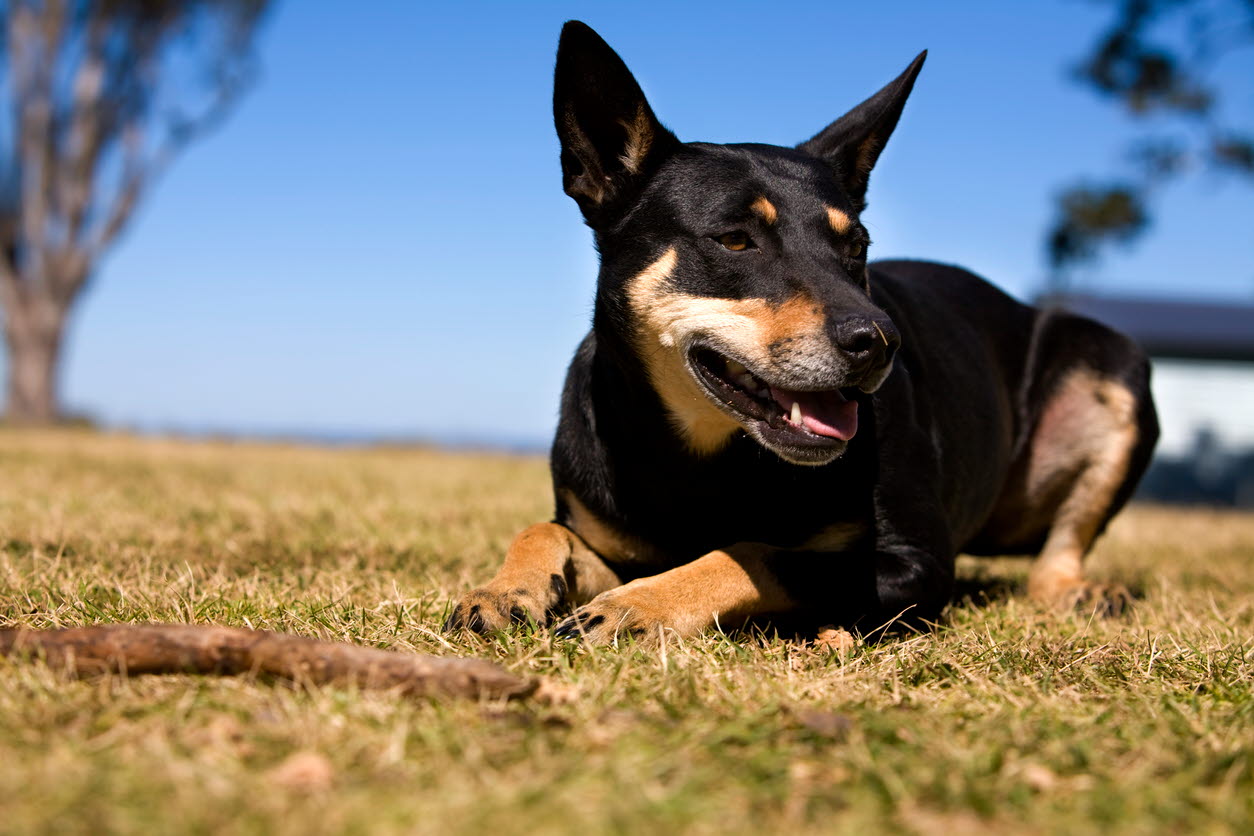Maintenance of your dog’s nails

Regular maintenance of your dog’s nails is important for their health and comfort, as well as your safety.
Nail anatomy
Dogs have four main nails on each paw. Their front (and sometimes hind) paws may also have dewclaws - a small vestigial thumb higher up the foot. Most dogs will require these dewclaws to be trimmed regularly, as they don’t contact the ground during walking to be naturally worn down.
Front dewclaws can help dogs to grip onto objects whilst chewing. Hind dewclaws don’t serve any obvious function. Unfortunately, dewclaws are often fragile and easily injured, particularly on the hind paws. If your dog has hind dewclaws, your vet may suggest removing them surgically under general anaesthesia during desexing or when undergoing other surgical procedures.
Nail maintenance
Your pet’s nails may require regular trimming every four to eight weeks, depending on your pet’s lifestyle. Dogs that are very active (especially on hard surfaces such as concrete), may wear down their nails on their own. If you are unsure whether your dog requires nail trims or not, it’s best to ask your local veterinary clinic staff for advice and assessment.
Keeping your dog’s nails at the ideal length is important for several reasons. Firstly, correct nail length helps your pet’s normal posture and joint alignment. Overlong nails will prevent your pet from walking and running properly, and will make it harder for pets with sore joints or general weakness to rise from rest and keep their balance.
If your pet’s nails become very long, they can curl around to embed in the footpads, which is very painful for your pet and can lead to infections. Keeping your pet’s nails short also reduces the likelihood that your pet will accidentally scratch you during play or handling.
Tips for trimming your dog’s nails
When trimming your pet’s nails, stay one to two millimetres away from the quick, the sensitive ‘core’ of the nail which contains the nerves and blood vessels. If the quick is cut, it will be painful for your dog and cause bleeding.
In dogs with pale nails, it is usually easy to visualise the pink quick within the whitish nail. In dogs with black nails, this area, unfortunately, isn’t visible, so either proceed with nail clips slowly (taking off one millimetre or so at a time) or take your pet to a veterinary clinic for nail trims instead.
If your dog is fearful of nail clips, consult your veterinarian for advice.
What to do if your pet tears a nail
If your pet tears their nail, it can be quite painful, and can become infected. If your dog lets you - try to rinse off any visible dirt from the area with clean tap water, and gently pat the area dry with a cotton ball or tissue.
A badly torn nail will usually require veterinary attention for assessment and treatment. In the meantime as you prepare to take your pet to the vet, it’s okay to place a light dressing over your pet’s paw to keep the area dry and clean. Just make sure any dressing you place is loose enough for you to fit a finger underneath, so it doesn’t prevent normal blood flow.
